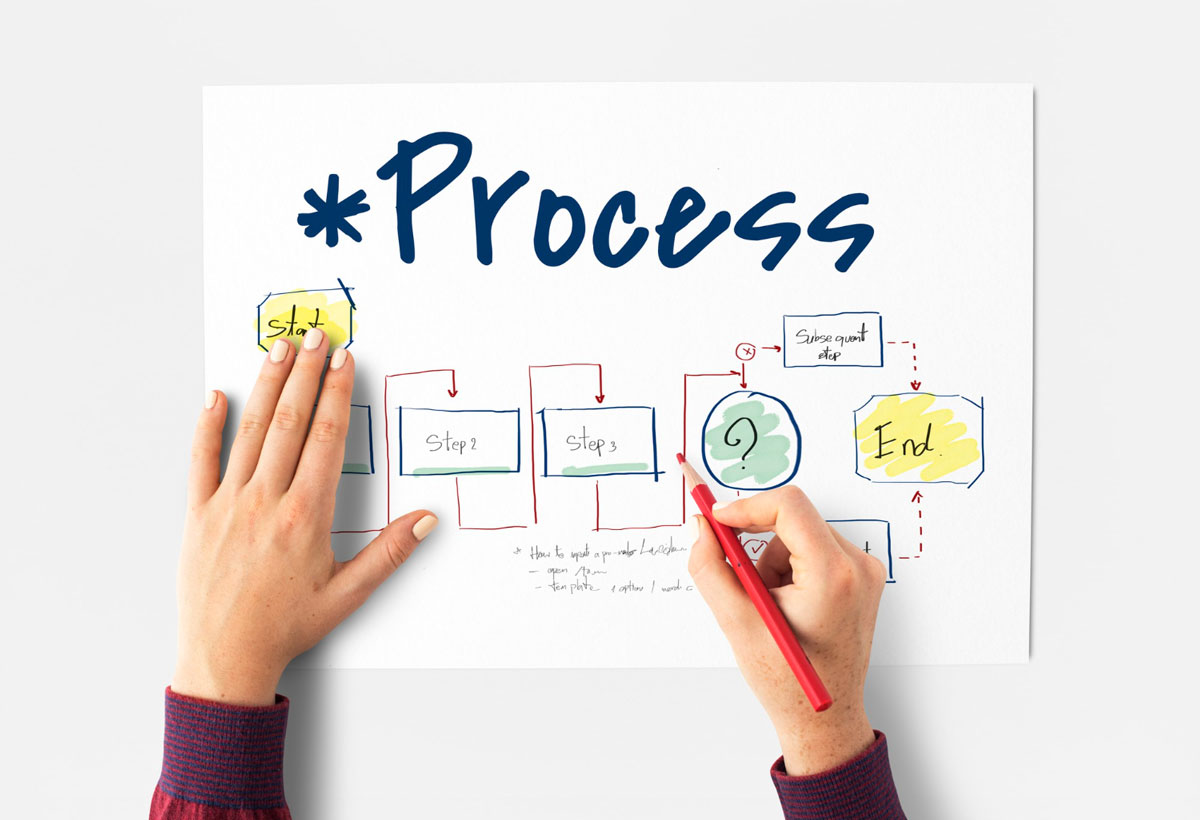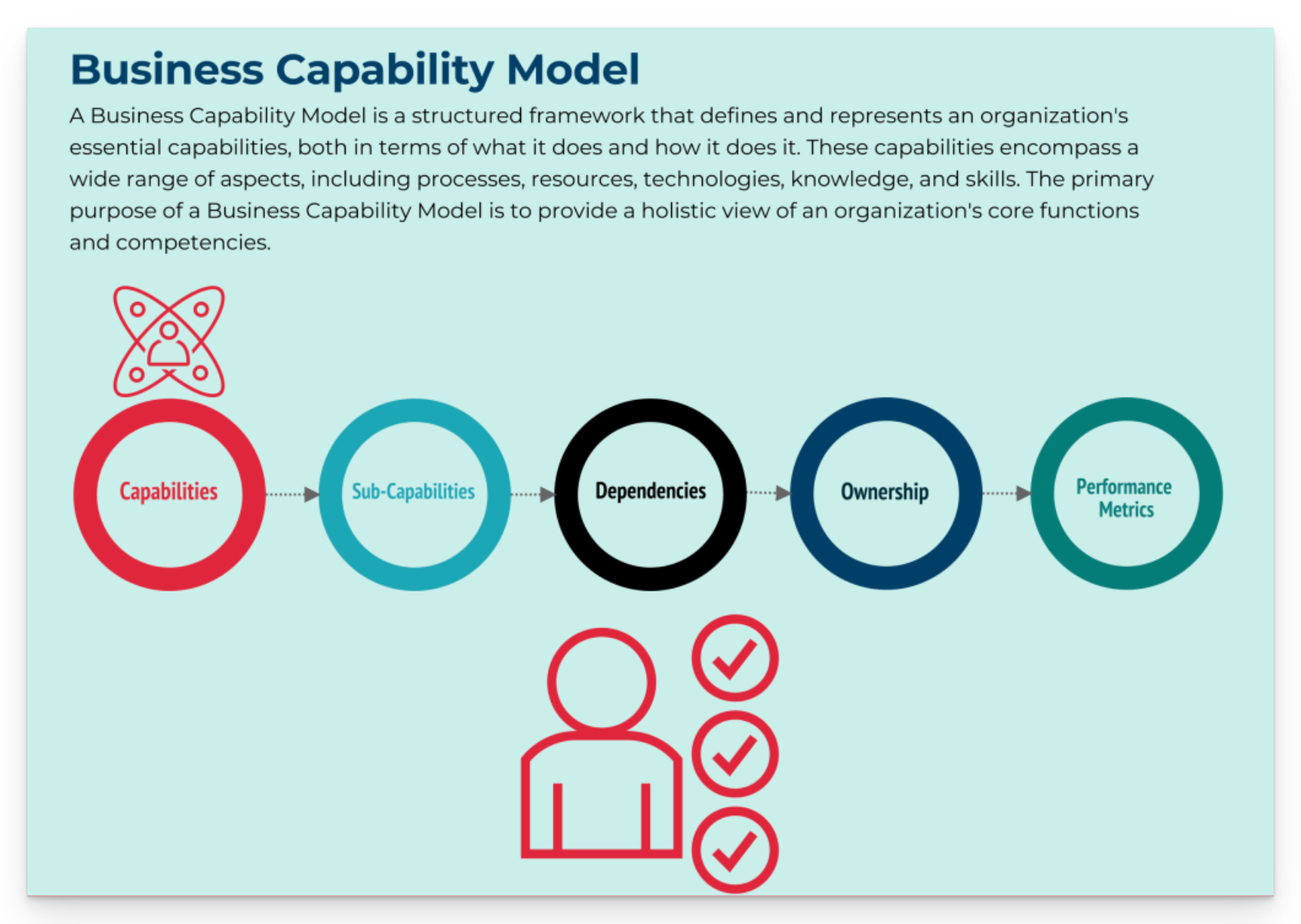Business Architecture Modeling Techniques
Business Architecture Modeling Techniques

Business architecture is a critical component of any organization’s overall enterprise architecture. It provides a clear picture of how the business operates - its objectives, processes, information flows, and organizational structure. At the core of any business architecture initiative is modeling. Through modeling, you can gain a shared understanding of the business across departments and communicate insights to stakeholders in a visual way.
Common Business Architecture Modeling Techniques
There are several techniques organizations use to model their business architecture. Let’s explore some of the most common ones:
1. Process Modeling

One of the fundamental building blocks of any business is its processes - the series of steps and activities that take inputs and turn them into outputs to fulfill the business’s objectives. Process modeling allows you to visually map out your key business processes from end to end.
The most widely used process modeling notation is BPMN (Business Process Model and Notation). BPMN defines a set of graphical elements like activities, events, gateways, and swimlanes that you can use to depict business processes. It provides a standardized way to communicate process flows both within and between organizations. BPMN is used by over 90% of Fortune 500 companies for process modeling.

Some other popular process modeling techniques include flowcharting, use case diagrams, UML activity diagrams, and IDEF0. Process modeling helps with:
- Understanding workflow bottlenecks
- Areas for automation focus
- Handoffs between teams
2. Capability Modeling

While processes show you how individual tasks are performed, capability modeling lifts your view to a higher level - focusing on what your business is capable of delivering to its customers and stakeholders.
A capability model maps out your organization’s end-to-end value chains and the abilities that collectively deliver certain outcomes. Each capability typically represents a business service, product, project or initiative. You can then drill down to see which business functions, processes, applications and resources collectively enable each capability.
The OMG’s Business Motivation Model (BMM) is one of the standards used by over 70% of Fortune 500 companies for developing capability models.
3. Data Modeling
Data is the lifeblood of any business. To truly understand how your business works, you need visibility into the critical information flows that support key processes, functions and decisions. Data modeling gives you that visibility.
Popular data modeling techniques include entity-relationship diagrams and conceptual data models. Data modeling is useful for:
- Database design
- Understanding data flows
- Identifying information dependencies
- Informing data strategy
4. Organizational Modeling
An organizational model provides clarity on roles and responsibilities within your business structure. It depicts reporting lines, departments, business units and the relationships between them.
Common Org modeling notations include the OMG’s Organizational Structure Definition (OSD) metamodel and UML organizational unit diagrams. Organizational models help with:
- Change management
- Realigning structures for new strategies
- Regulatory compliance
- Outsourcing/offshoring assessments
5. Technology Architecture Modeling
Technology architecture modeling gives insights into how applications, infrastructure, and data are structured to enable business processes and capabilities.
Techniques like component diagrams, deployment diagrams and infrastructure topology diagrams from TOGAF are used by over 80% of Fortune 100 companies. Tech architecture modeling is important for:
- Modernization roadmaps
- Integration planning
- Technology cost analysis
- Vendor selection
That covers some of the most common business architecture modeling techniques. The best approach depends on each organization’s unique objectives, stakeholders and tools. The key is finding the right balance of detail, consistency and communication value. With effective modeling, business architecture can become a dynamic change agent.